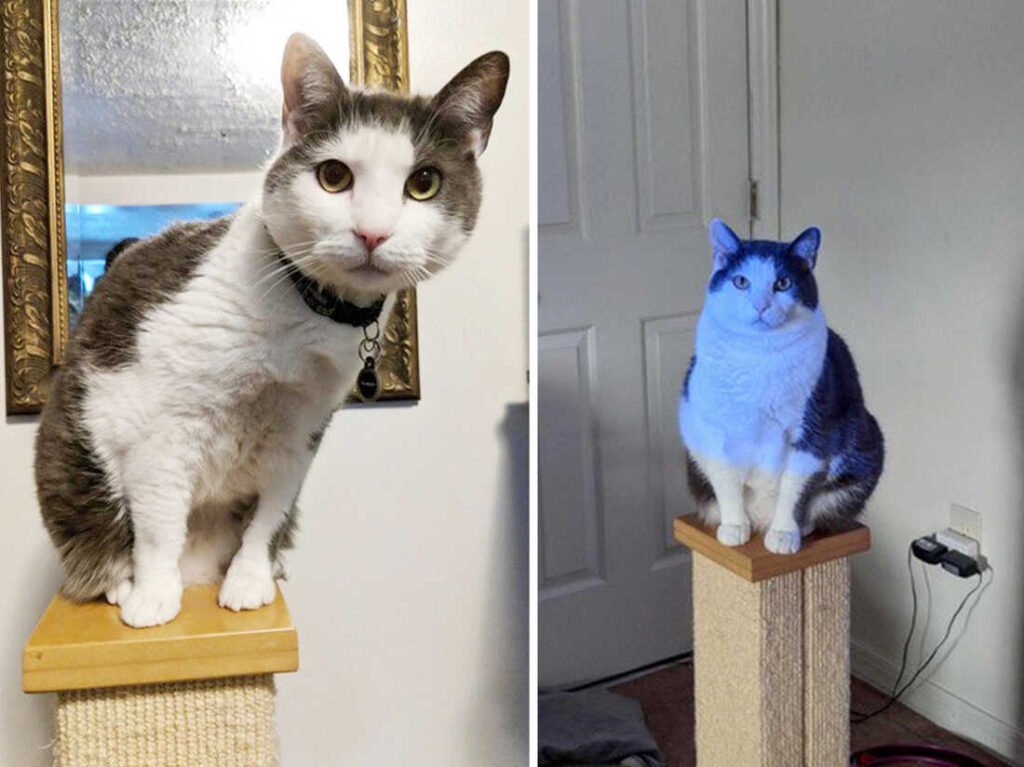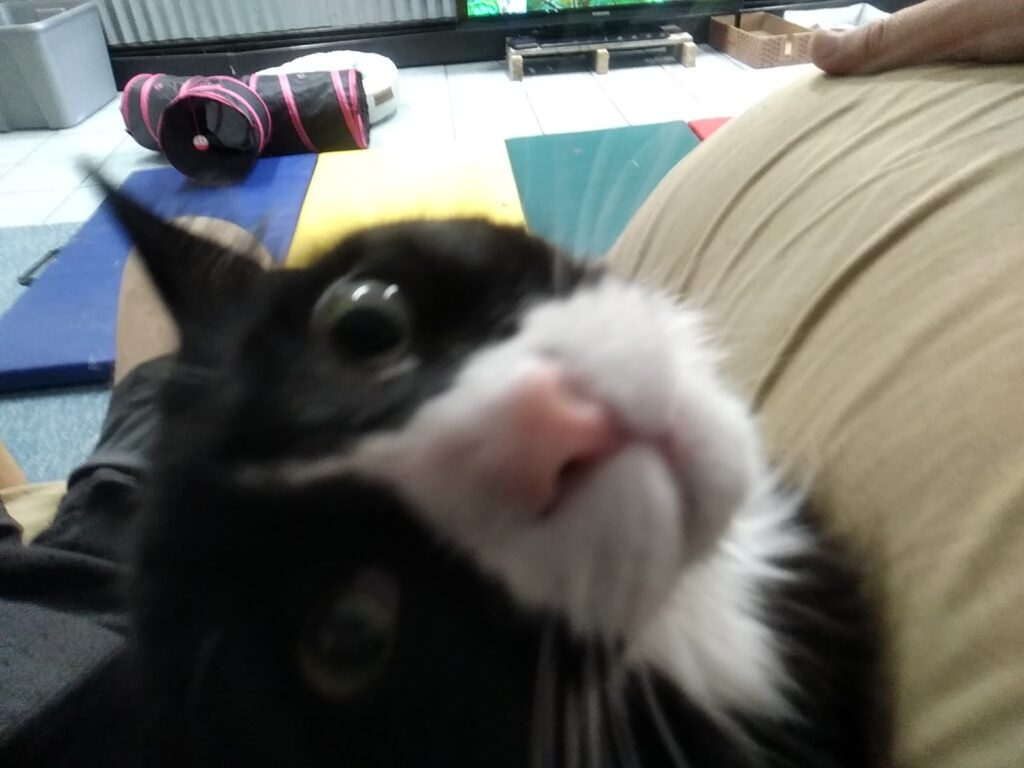Veterinary Concierge
On-Site Veterinary Services at The Feline Hotel
Do You Need Vet Care for Your Cat?
Welcome to The Feline Hotel, where your cat’s health and comfort are our top priorities. We are thrilled to offer the convenience of on-site veterinary services to cater to your cat’s needs while they stay with us.
Why Choose Our On-Site Veterinarian?
Our on-site veterinarian is here to provide a range of medical services, ensuring that your cat receives the best care without the stress of additional travel. Whether your feline friend needs routine vaccinations, specialized care for travel, or support for senior health issues, we have you covered.
Boarding Vaccinations
Ensuring that your cat is up-to-date on vaccinations is essential for their health and the safety of all our guests. Our veterinarian can administer required vaccines such as Rabies and Distemper right here at The Feline Hotel. No need to make a separate trip to the vet! We only carry what we believe are the best vaccines. These are not the cheapest, but they are, what we believe through research, to be the best.
Can medication help your cat with travel or grooming?
Is your cat fearful of car rides or water? Our veterinarian offers safe solutions for anxiety management to make these experiences as smooth and stress-free as possible for your feline companion.
Senior Cat Care and Arthritis Management
As cats age, they often need extra care. Our vet specializes in senior cat health, including arthritis management. We provide tailored treatments to keep your older cat comfortable and active during their stay.
Comprehensive Veterinary Services
Our on-site vet offers a full spectrum of services to ensure your cat’s well-being, including but not limited to:
- Medication for grooming or travel anxiety
Safe and effective, gabapentin is available to help calm your cat. Gabapentin is available from our vet in flavored liquid form and powder capsule form. - Vaccinations and Preventive Care
Keeping your cat protected against common diseases and parasites with the best vaccines. - Selamectin (Revolution) from $15 a dose!
Protects against heartworms, fleas, and ticks. Also effective in preventing and treating ear mites, roundworms, and hookworms. - Specialized Treatments for Arthritic & Senior Cats With Stiff Joints.
Custom care plans for cats with chronic conditions to help them be more mobile.
Convenient and Stress-Free
The Feline Hotel’s on-site vet services are designed to provide maximum convenience for you and minimum stress for your cat. With our dedicated veterinary team on-site, you can rest easy knowing that your cat is in good hands throughout their stay.
Contact Us
Do you have questions or want to schedule a service for your cat? Contact us today to learn more about our on-site veterinary care or to book an appointment.
Phone: 1 (888) 747-2287
Email: micathotel@gmail.com
Address: 1416 W Auburn Rd, Rochester Hills, MI 48309
The Feline Hotel – Where Your Cat’s Comfort and Health Come First!


